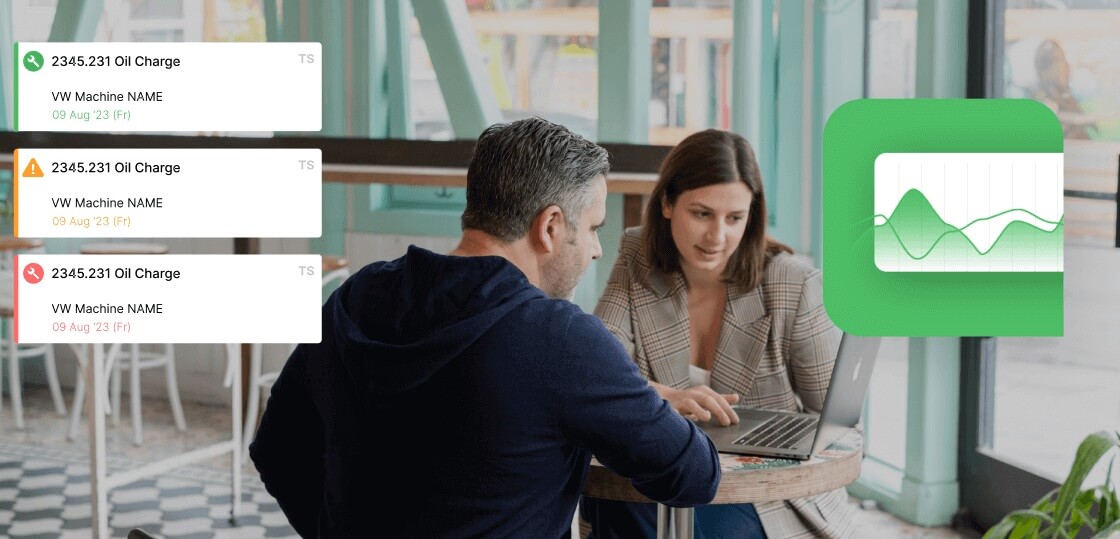At its core, a Computerized Maintenance Management System (CMMS) is a software solution designed to centralize and streamline maintenance operations. It's a digital replacement for the traditional paper-based systems, spreadsheets, and ad-hoc processes that often plague maintenance departments. But a CMMS is far more than just a digital filing cabinet.
Think of a CMMS as the central nervous system for your maintenance team, coordinating and managing all aspects of your maintenance program. Its core functionality encompasses:
-
Asset Tracking: Maintaining a detailed inventory of all assets, including location, specifications, warranty information, and maintenance history.
-
Work Order Management: Creating, assigning, tracking, and completing work orders for repairs, inspections, and preventive maintenance tasks.
-
Preventive Maintenance (PM) Scheduling: Automating the scheduling and execution of routine maintenance tasks to prevent equipment failures.
-
Inventory Control: Managing spare parts and supplies to ensure availability when needed, while minimizing inventory costs.
-
Reporting: Generating reports and dashboards to track key performance indicators (KPIs) and identify areas for improvement.

But a CMMS isn't just about automating tasks; it's about improving the overall efficiency, reliability, and effectiveness of your maintenance operations.
It's about shifting from a reactive, "firefighting" approach to a proactive, data-driven strategy that minimizes downtime, reduces costs, and maximizes asset lifespan.
The modern CMMS has come a long way from its early iterations. Originally, CMMS solutions were cumbersome, on-premise systems requiring significant IT infrastructure and specialized training.
Today, many CMMS providers offer cloud-based solutions that are easier to implement, more accessible, and more affordable, making them a viable option for businesses of all sizes.
These cloud-based systems often integrate seamlessly with other business systems and offer advanced features like mobile access and predictive maintenance capabilities.


















